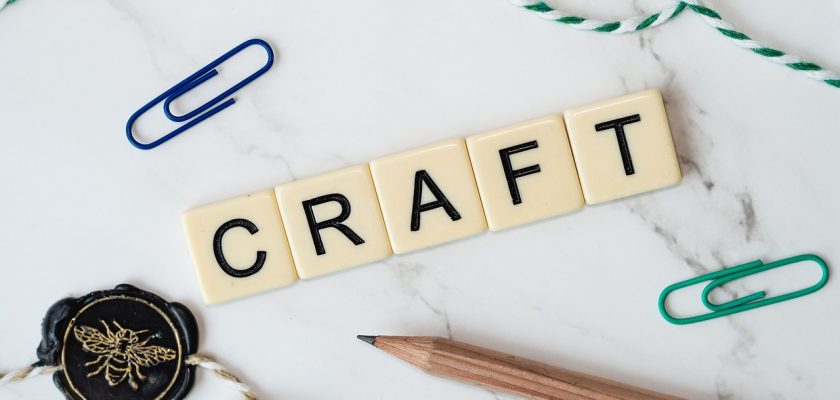Custom pins and acrylic stand are an effective way to promote your business or brand. But before you get started, it’s essential to determine which materials work best for your design.
When designing a pin, the base material plays an integral role in its connectivity, service applicability and final production cost. Here are a few options you can consider for your next design:
Synthetic Wood
Custom pins are an effective way to promote your business, organization or event. They’re also a great opportunity to show off your personality and style. But if you’re not sure what type of pins to create, here are some helpful tips:
Before selecting your pins, first decide on the material they should be made from. You have several options from natural wood to metal; each has its own advantages and drawbacks.
Next, decide the size and shape of your pin. This will guide how you design it. For best results, sketch out an outline of your design beforehand so that you can visualize how it will appear in real life.
One option is to use a laser cutter to cut out the design, producing an improved pin that’s both more durable and flexible. Additionally, this will enable designers to craft more complex patterns.
Another option is to construct a custom pin out of composite materials. These are manufactured to be long-lasting and resistant to fading, water damage, warping, cracking or splintering – making them an excellent alternative to natural wood which may need regular upkeep.
If you are environmentally aware, composite wood for pins may be the better option. These products are manufactured from recycled materials so no new trees need to be planted in order to make them.
Alternatively, you could make a custom pin from acrylic. This is an increasingly popular option due to its affordability and versatility in creating different designs.
Finally, you can opt for an epoxy coating on your custom pins. This is ideal if you want detailed designs and vibrant colors on the pins.
If you don’t like the traditional look of metal pins, enamel may be your ideal alternative. Enamel pins come in many vibrant colors and can be used for various purposes from art projects to logos.
Natural Wood
When entering the custom pin business, there are various materials you can choose for your pins. Selecting the appropriate material will help maximize your returns on investment and guarantee that your design is flawless.

Image by Amazing World Taste from Pixabay
First, you’ll need to decide the design type you’re creating. The best way to do this is by sketching out an initial concept for how the finished product should appear. After having a good vision for how your custom pins will appear, begin thinking about the materials needed for production.
One popular material for building is natural wood. This ancient material has been around since humans first started crafting things and offers several advantages over other types of materials, such as its strength and flexibility.
Another great advantage of wood is its variety of colors and textures. From purples and yellows, to oranges, browns, cinnamons and even almond tones in hardwoods – your finished piece will be truly one-of-a kind and stunningly beautiful!
When crafting pins, you have two options: use natural wood or dye it a specific color. This is an excellent option if you want to give your items some personality and give them a distinct appearance.
You have the option of having your custom pins made from different metals. Metal thickness and weight vary, so you must decide which material works best with your design.
If you’re uncertain which metal type to use for custom pins, reach out to your manufacturer to learn their available options. They can assist in selecting which option works best with both your designs and budget.
Another excellent choice for custom pins is enamel. Enamel is a type of paint used to create unique and durable products, and the process is relatively straightforward – anyone with some skill and patience can do it! Simply brush on the paint onto your pins using a brush, creating as detailed or simplistic designs as desired.
Acrylic
Custom acrylic pins are an affordable and effective way to promote a business or organization. Not only are they customizable in endless ways, but the materials available for these items vary as well. Before selecting either a simple one-color pin or something more elaborate, it’s essential to understand the various materials available for these types of products.
If you’re looking for a more classic material, wood makes an excellent option for custom pins. This type of material comes from trees that have grown naturally without chemical treatments and it’s relatively easy to work with; simply slice it with either a knife or Dremel tool.
If you’re searching for a modern material for your pins, acrylic may be the best choice. This plastic, often called plexiglass, comes in various colors and opacities.
Acrylic is a transparent plastic that offers several advantages over glass, such as being durable, lightweight and with excellent optical clarity. Furthermore, it’s simple to fabricate and thermoform using acrylic.

Photo by Element5 Digital on Unsplash
Acrylic polymers are composed of individual monomers linked together in chains to form molecules with distinctive characteristics. This process, known as polymerization, produces similar materials as nylon and polyester fabrics.
Acrylic materials come in a range of qualities, each with its own distinct characteristics. Some types are clear while others can be colored using various dyes. Due to its versatility and adaptability, acrylic has become widely used for many purposes.
It is essential to never thin acrylic with water more than 25%, as this will upset the balance of the material and cause its molecules to separate. This can negatively affect both color and appearance in the finished product.
Another crucial consideration when using acrylic is its flammability. As such, it should not be used for items that will be left unattended or in a potentially explosive environment.
If you’re thinking of having your pins made from a more flammable material, zinc could be an ideal option. Zinc is a relatively light metal that’s strong and affordable – perfect for custom pins!
Epoxy
When creating custom pins, there are a few materials to choose from. Enamel is the most common option but other materials can also be utilized.
One such material is epoxy, which has many uses. It’s a resin that can be poured, molded or even glued into place and even combined with other materials like wood or carbon for waterproofing and strength.
Epoxy is an ideal material for custom pins, as it can be tailored to any shape or design. Create birthday, graduation, animal or any other pin with ease! Plus, the epoxy can even be infused with glitter for a holographic effect.
Another option is acrylic, which can be printed in full color and shaped to any size. This material is durable and easy to work with; you may layer it for designs that aren’t quite enamel-friendly or sand it down for a matte finish.
Epoxy resin comes in a range of viscosities and costs, depending on its purpose. High viscosity resins tend to have higher viscosities while low viscosities require mixing with additives and fillers to alter their characteristics or cost.
Bisphenol A-epichlorohydrin (BPAH) is a popular epoxide resin with excellent thermal, chemical, and electrical insulation properties as well as strong adhesion to various materials.
BPAH is produced by reacting epichlorohydrin with aromatic amines to form epoxy groups. Lignin-modified epoxide resins are another option; these resins use the lignin-modified ethylene-propyl ether of epichlorohydrin as a curing agent and can be formulated in numerous ways.
Epoxide resins offer several advantages over their epoxide counterparts, such as lower viscosity and improved processing capability. Unfortunately, they require longer cure times than their epoxide counterparts.
Epoxy resins’ reactivity is critical, and the rate of reaction depends on the curing agent (usually either solvent or oil). During curing, epoxide molecules bond together and form a three-dimensional network – an exothermic reaction which causes heat release; hence why selecting the appropriate blend of epoxy resin and curing agent for your project is so critical.

